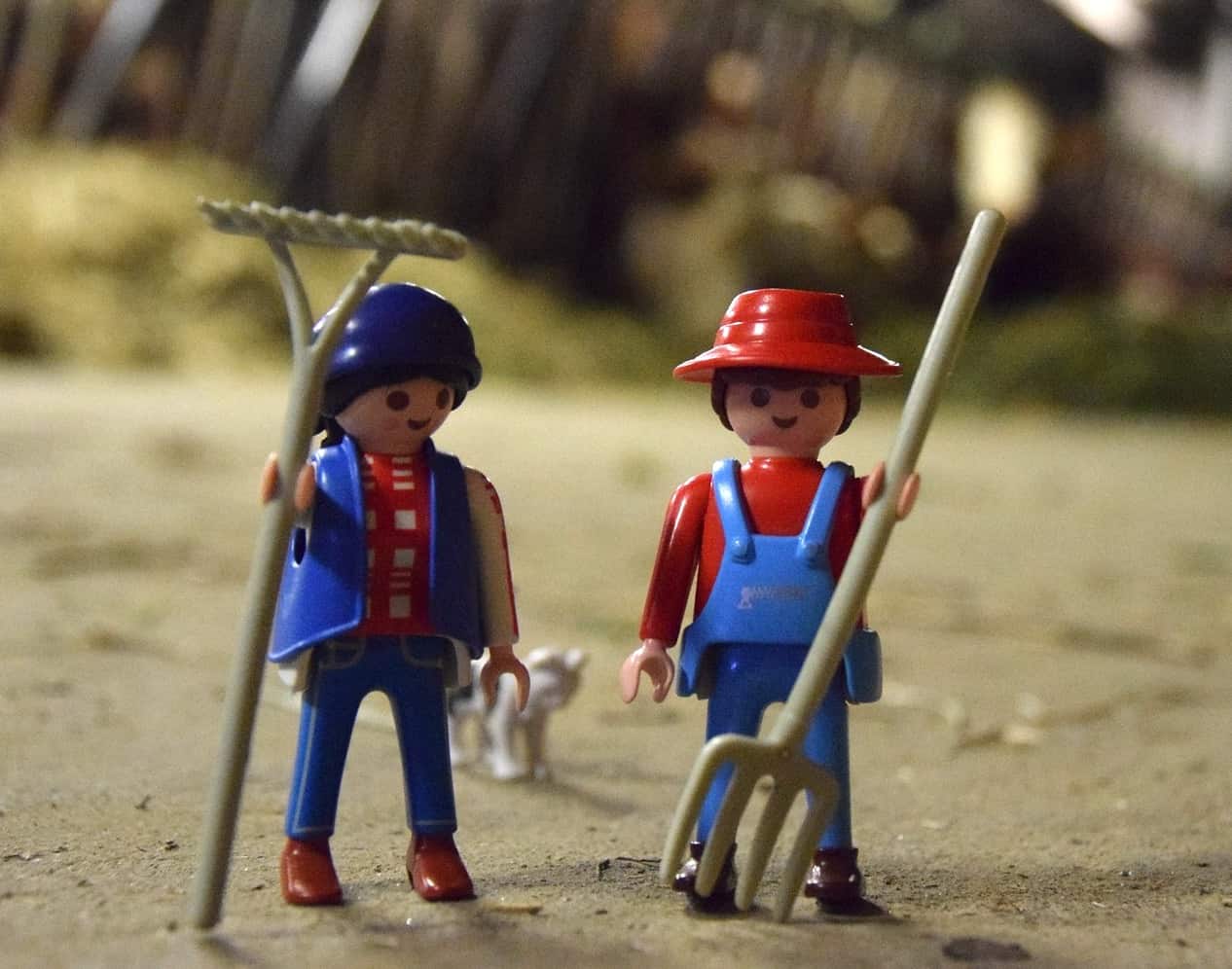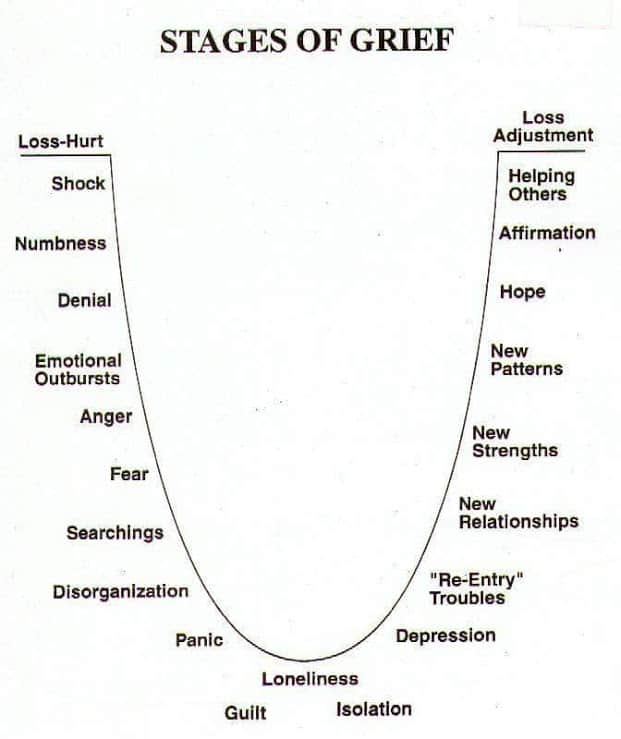
Loving Your Work As If It Were a Person
I live a charmed existence. I get to play with kids and problem solve painful movement with adults. Familiar with the importance of each, I also teach teens about pain and guide adults toward rediscovering play. I step between the two worlds almost daily, mixing, blending, and borrowing as occasion allows. I have the freedom to create and a willing population to experiment with. The fortune of my circumstance has become a responsibility to deliver on an imagined model of ‘another way’.
I have always been a person that loved my work more than anything else. I must have got it from my Dad. Work manifests itself as both a cause and ambition. It is a way of leveraging opportunity and establishing independence. A sense of contribution convinces you of confidence.
Though I’ve lived in my head most of my life, my fantasies had a realistic, blue-collar flair. I never dreamed of flying or being a superhero. Ordinary me would be doing ordinary things, like playing one on one with Michael Jordan. I never saw the results, just snippets of battling it out. I mostly played defense, but I was able to stay with him and sneak a rebound here and there.
I was certain the opportunity would present itself. He lived in Chicago and I lived in Chicago, and we both played basketball, so the odds seemed pretty good. (Better than if I lived in New York, anyway). I’d spend entire summers preparing for this encounter. I would not be shocked or surprised if he showed up at the park. I’d been waiting for him, and I was ready.
I dared not share these visions with people. I got laughed out of a slumber party when I was eight for doing so. I’m a pretty fast learner, especially when my feelings get hurt. Instead of giving up my imagination, I gave up people. I came to prefer working by myself.
It didn’t take long before I started personifying my work. It was this buddy who appeared whenever I wanted and disappeared the moment I was finished with him. No hard feelings or regrets. It was the perfect relationship. I created a universe that I could be the center of.
Still, there is a flip side to such self-reliance. You glamorize loneliness and isolation. Time to yourself was a privilege that allowed you to continue the work. God help any actual human being that tries to take off your chosen track:
Sometimes my work makes me an a**hole. Getting mad over a hug… this is not the person I want to be. #peopleoverpassions pic.twitter.com/zFrOUBoIH5
— Christine Ruffolo (@ruffolous) November 19, 2016
I have gotten it into my brain that the work I do is meant to help people. Truthfully, it has always been used to first help myself. I have to know how to get better at me before I can extend my findings to others. Even philanthropy can have a selfish expression.
For a long time, helping others was a side effect. In high school, if we lost a game and I did well, I was perfectly happy. If we won and I did poorly, I would completely shut down. I’d sit alone, listening to my yellow sport walkman, not at all interested in the merriment going on around me.
I had failed at the task I was given to do, and I HATED failing.
Sadness and discontent was my gateway to finding answers. It was the medium in which I could sit and revisit things. As I sulked, I plotted out the work I needed to do to make sure it didn’t happen again. Unease became a familiar cocoon.
As I struggled with post competitive depression after rugby, I got trapped within my own protective insulation. It was either too stretchy or too thick for me to make my way out. Unable to turn things on and off, and stuck in something I could no longer control, I learned to sit and linger in the sadness. The hole, as I call it, became less scary the more I sank into it. Nonetheless, I did not want to make my home there. Reaching out to others, the absolute last thing any proudly autonomous person wants to do, seemed to be the only means of my escape.
Coaching was my first true attempt at sharing my secrets. I was thrown into the gig, like so many reoccurring instances before and since. The boys’ team coach had this problem of several girls always showing up to practice, and he asked if I could stop by and show them a few things. Having a penchant for finding value in the neglected and disregarded, I agreed.
I assumed that this volunteer act would be my chance to give back to the game that had given me so much, but it very quickly became all about the girls. They were so eager to learn and always ready for the next thing. I taught them the big picture ideas and trained them in the nuances of getting them done. Attention to the little things ensured the big things went smoothly. For the first time in my life, I wanted someone else to be better than me (an entire group, no less!), and I made it my charge to lead them there.
Nobody seemed to know or care that I was just making stuff up. I explained everything I had figured out in five years of playing. Since we weren’t too far removed, I think they appreciated the simplicity. Shockingly, the system of “do-question-adjust” worked. We kept winning games. Everyone had a shared responsibility for the actions of the person next to them, and it showed. They looked after one another, picked each other up, and celebrated the coveted achievement of getting to play one more game together.
When that special group of originals graduated, nothing seemed to click and work right anymore. People, I discovered, made all the difference in the world.
I walked away from coaching shortly thereafter. The game wasn’t enough anymore. Cut lose from all that had defined me in the recent past, I chose to focus my energies on my one remaining constant — my job as a high school educator. To those who believe that teaching and coaching are the same job, I assure you they are not. Coaches get a select group of interested individuals. Teachers get large masses of mostly disinterested individuals, apathetic because their forced attendance is a requirement for graduation. The latter requires an individual approach to reach them.
I started taking ownership of my place in the classroom. Teaching had taken a back seat to coaching because I’d much rather work for those who cared about the subject. Now that teaching was all I had left, I looked at what I was doing to curtail their interest. I was separating myself from them. I used book questions and vocabulary to keep them busy at their desks and away from mine. I no longer needed to carve out class time to engage in my rugby addiction. I made the effort to walk around and ask them about themselves.
I noticed many of them were sad and hurt. Why didn’t the curriculum have anything meaningful about getting through sad and hurt? I was quite familiar with both and was currently navigating my own path through the abyss. What if we just started talking about these things? What if I could be brave enough to tell my own story as an example?
I was astounded in how the demeanor of the class changed. With me as proxy, they could ask all the questions and explore their hidden feelings. Since I was honest with them, they felt safe to be honest with me. We dug into depression and suicide and shame. I asked them how cutting became a thing. We learned from each other in trying to understand ourselves.
Looking back, a singular pattern kept popping up. Whether it was playing sports, or coaching, or learning/teaching, work became transformative when it became an extension of myself. I was sharing me. The false friend that I created, guised as work, was simply mirroring back an agreement that there was something good and interesting there. This is what everyone’s work should be — a reflection that there is a good and interesting being behind it.
I got taken out of the Health classroom last year and now only teach PE. I do not clamor over the model athletes and citizens. Instead, I’m targeting those kids that hate PE. The persons I find myself most beholden to are those whose minds I seek to open up. I think that together we can actualize something new and important. Left alone to experiment and create, with nobody paying any attention to us, we just might invent a community that changes things.
feature photo credit: deivantart.com, mythical-man, “Sad Robot No 9: Making a Friend”




